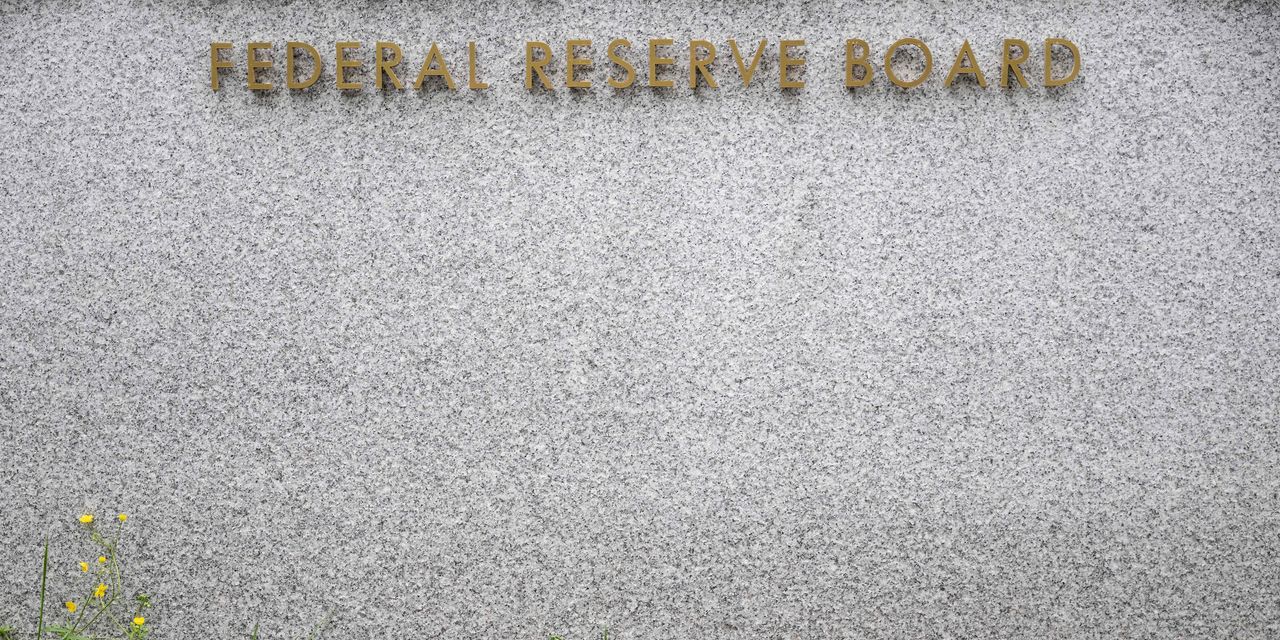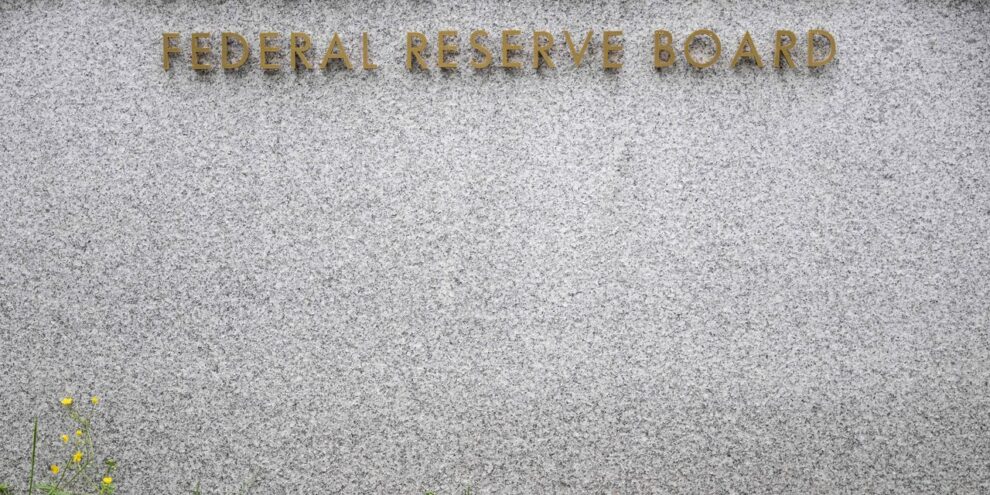
Investors should brace for a battered housing market and the economy to be “wobbling on the edge of recession” before the Federal Reserve relents on its inflation fight, said David Kelly, chief global strategist at JPMorgan Funds, in a Monday client note.
Those were two of Kelly’s key takeaways from Federal Reserve Chairman Jerome Powell’s blunt and brief speech at the Jackson Hole economic symposium on Friday, which helped spark a sharp rout in stocks.
Read: What happens next now that Jackson Hole is over? More Fed hawkishness is in the cards
The Dow Jones Industrial Average DJIA, -0.57% followed up its 1,000-point drop on Friday with back-to-back losses Monday, as U.S. stocks SPX, -0.67% COMP, -1.02% finished lower for a second straight session.
Like others, Kelly expects the central bank to increase the fed-funds rate to a range of 3.75%-4% by the end of the year, from 2.25%-2.5% currently. JPMorgan Funds is an investing arm of JPMorgan Chase & Co. JPM, -0.24%, a separate unit from its investment banking activities.
“The Fed could then stop hiking and hope that the economy will just avoid recession,” he said, although it still would be “a very close call on recession” in the next year.
“This will be an environment of fading fiscal stimulus hurting consumption, higher mortgage rates clobbering housing, slow profit growth inhibiting investment and a higher dollar DXY, -0.12% and overseas weakness hurting exports,” Kelly said.
It also probably will take the public to grow “more fearful of recession than inflation” before the Fed would slowly return to the kind of easy-money policies that shaped markets in the decade after the global financial crisis,” he said.
“This should provide a positive backdrop for both stocks and bonds.”
But before that happens, Kelly sees potential for any surge in volatility to keep investors focused on defensive plays and valuations, such as in value stocks, long-duration bonds and income-generating alternatives.
Energy and utilities were two S&P 500 sectors that managed to post gains on Monday, with U.S. oil prices CL00, -0.27% CLV22, -0.27% ending above $97 a barrel on Monday, the highest in a month.
The 10-year Treasury rate TMUBMUSD10Y, 3.090% rose for a second straight session Monday to 3.109%, the highest since June 28, according to Dow Jones Market Data.






